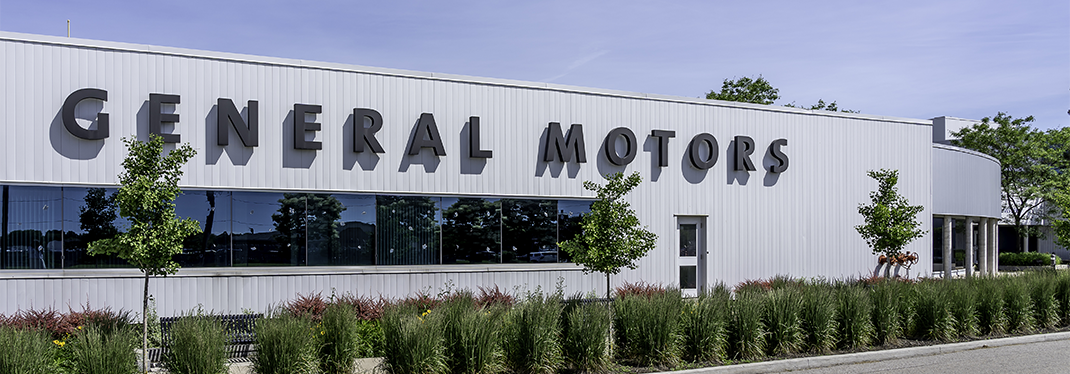With over 35 years experience working with leading companies all over the world, Steve Towers, founder and CEO of BP Group, has seen the rules of business not just shift, but go through a complete overhaul.
A leading industry expert of Business Process Management and Customer Experience Management, Towers has written extensively on the Outside-In philosophy which "recognizes that everything is a process and the only ultimate purpose of any process is to satisfy a customer need."
Some companies refer to the Outside-In mentality as customer centricity, advanced BPM or transformation. However you call it, the goal is to create a perspective that counteracts your company's bias in focusing inward.
But given the state of customer service, that's certainly easier than done.
In 2014, only 11% of the companies in Forrester’s Customer Experience Index received an A+ from their customers.
Perhaps what's more concerning, according to Harvard Business Review, are companies' disconnected view that they're actually practicing extreme innovation in customer service.
Traditional methods are not enough anymore to satisfy the high-demand for innovative customer experiences. If companies want to be truly successful, they must start with an Outside-In approach that identifies business challenges from customers’ unmet needs.
Companies of all sizes are managing to embrace the Outside-In approach, but Towers says these three have been radical adapters and great examples for transforming any business.

1. General Motors' KPI balance shift
Since 2008, General Motors suffered billions of dollars worth of losses due to the global economic crisis, resulting in the company filing for bankruptcy. This happened at the same time its faulty ignition switch scandal was linked to 84 deaths. The crisis moment was turning point for the company to better listen to its customers, GM's Global Head of Social Center of Expertise said at Oracle OpenWorld last year.
"For us it has come around the perfect storm. We had a crisis, the bankruptcy and then the ignition switch crisis. Those were significant things and we had lost sight of the customer over a few years. So the leadership took an active role refocusing the company around the customer and made some significant investments in doing that.
They appointed a CXO, Alicia Boler-Davis, that reports directly into the CEO. And we set about really mapping everything against the customer journey. Asking ourselves what good or what value this brings to the customer? As opposed to ‘just doing it’, as we did in the past. Identifying the pain points the customer has along the customer journey and eliminating those gaps.
It has to become part of that organizational culture. You have to have that change in your culture and you have to have that focus on the customer in the culture, otherwise you’re not going to fix this."
For GM, it was balancing their actual KPIs from almost 100% inward-looking measures to much more customer-centric measures.

2. Disney's focus on Successful Customer Outcomes
Successful Customer Outcomes (SCO's) helped Disney achieve that triple-crown of reducing costs, improving revenues and enhancing service simultaneously, Steve says, with these strategies:
"In the ‘rush to the fun’ process Disney discovered that many people lock their keys in the car so right at the start they have on-hand a team of professional locksmiths.
They drive through the lot looking for distressed families and unlock their cars – free of charge. Simply Magic.
Then there’s the walk to the gates – but wait. Driving through the crowds are golf carts and helpers to steer you towards the nearest ‘magic bus’ with color coded location tags! You probably get the picture and that’s one of the things that makes the Disney performance truly outstanding."
3. Virgin's rigorous methods to move Outside-In
More than just providing flights from destination to another, Virgin Group's founder Richard Branson has notoriously pegged Virgin American to be in "the experience business."
Employees are encouraged to provide customers with a complete experience, "encompassing everything from the greeting they receive at check-in to the service they receive within the mood-lit aircraft."
Employees also participate in an annual two-day training course called “Refresh," which includes workshops on emotional intelligence, conflict resolution, teamwork and etiquette. The overarching goal is to remind all employees, regardless of their level or department, that they are part of the customer service experience.
Final Thoughts
If you're ready to define your business by what you achieve, not just by what you do, then try this exercise we did at Steve's workshop. Take your KPI's and highlight in red those that are internally focused. Then highlight in green those are external. You'll immediately be given a glimpse of where your business priorities are focused. Do you see more red than green? Steve said it's not uncommon for about 80% of KPI's to be internally focused. Hopefully this will begin to churn the conversations over how to shift those into external customer-focused goals, and then toward how to transform your processes to achieve them.
About the Author
Nicole is Director of Marketing at Kintone, with 10+ years experience in content strategy, campaign management, lead acquisition and building positive work cultures of empowered, purpose-driven team members. She spent seven years as a journalist, previously serving as a CBS San Francisco digital producer, NPR contributor, Patagon Journal deputy editor and reporter for several publications, including the Chicago Tribune. She's passionate about the tech for good space, social entrepreneurship and women leadership. On the weekends, you’ll likely find her putting her Master Gardener skills to use in at community gardens in Oakland.





![[Webinar] Project Management Pitfalls & How To Avoid Them](https://no-cache.hubspot.com/cta/default/1857320/c2570f0a-2a03-4b50-ad4d-d47705da01ae.png)






